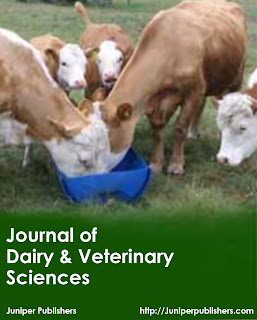Towards a Sustainable Reproductive Sheep Management: Use of Photoperiod-Treated Rams to Increase Lamb Production in an Organic Farm - Juniper Publishers

Towards a Sustainable Reproductive Sheep Management: Use of Photoperiod-Treated Rams to Increase Lamb Production in an Organic Farm Authored by José-Alfonso Abecia The aim of this experiment was to determine the effect of the exposure of 45 days of long days without exogenous melatonin, on the results of a ram effect in June in a Churra sheep organic farm. Eight rams were divided into two groups, so that half of them exposed to 45 days of long days (16 h of light/day) from 15 Apr to 31 May (Artificial photoperiod, AP rams), and the remaining rams were under the natural photoperiodic conditions (NP rams). On 15 June, rams were introduced in two groups of ewes, which had previously been isolated from rams: AP-group (n=72), mated with AP rams, and NP-group (n=72), mated with NP rams. Proportion of ewes pregnant (fertility) was significantly higher in the AP-group of ewes (68%), compared with the NP-group (42%) (P<0.001). No differences between groups were observe...






